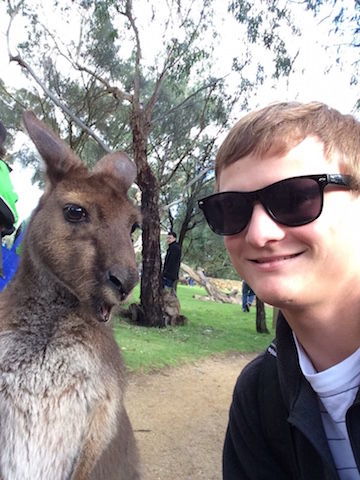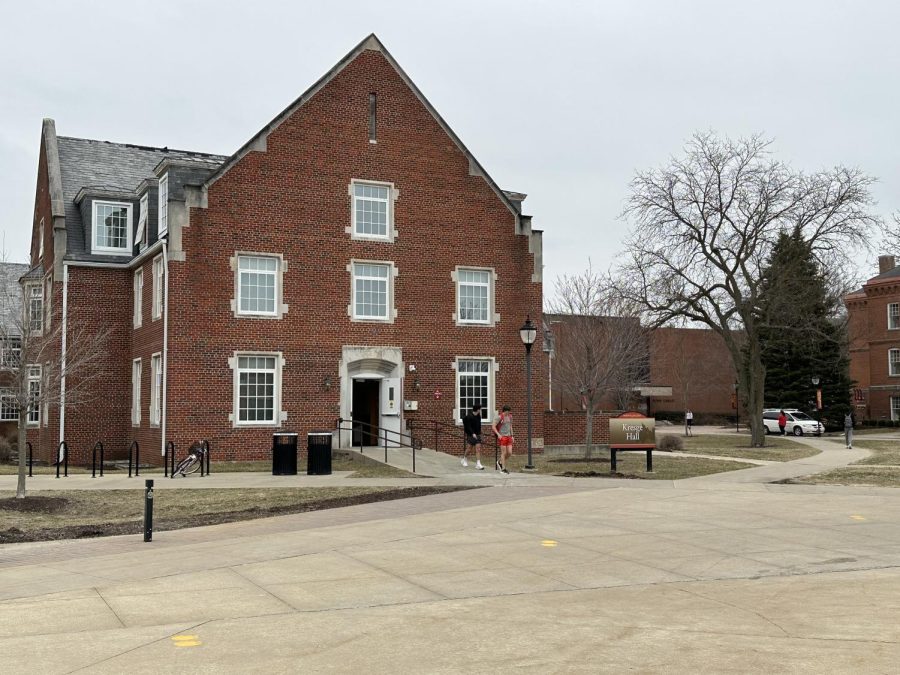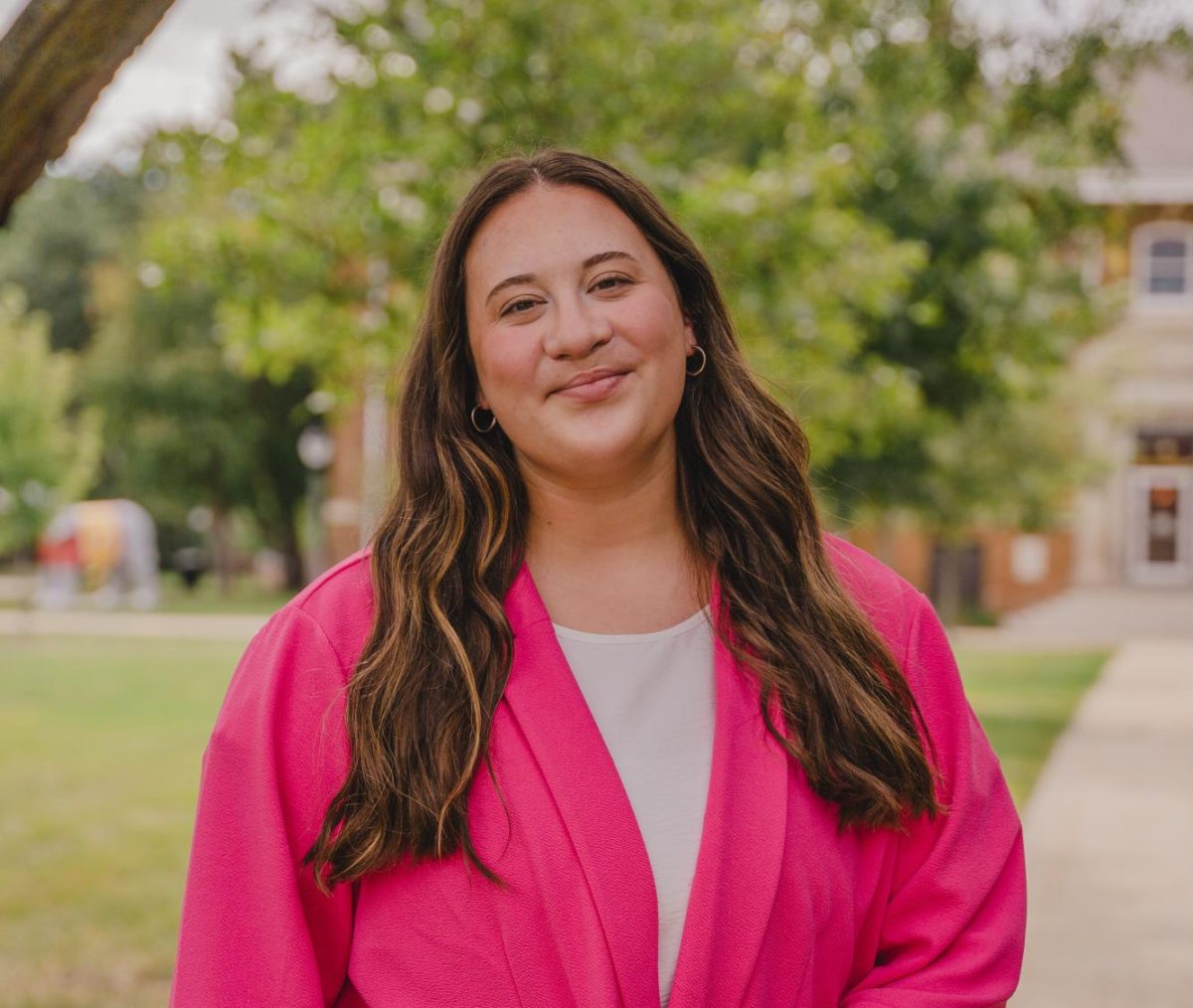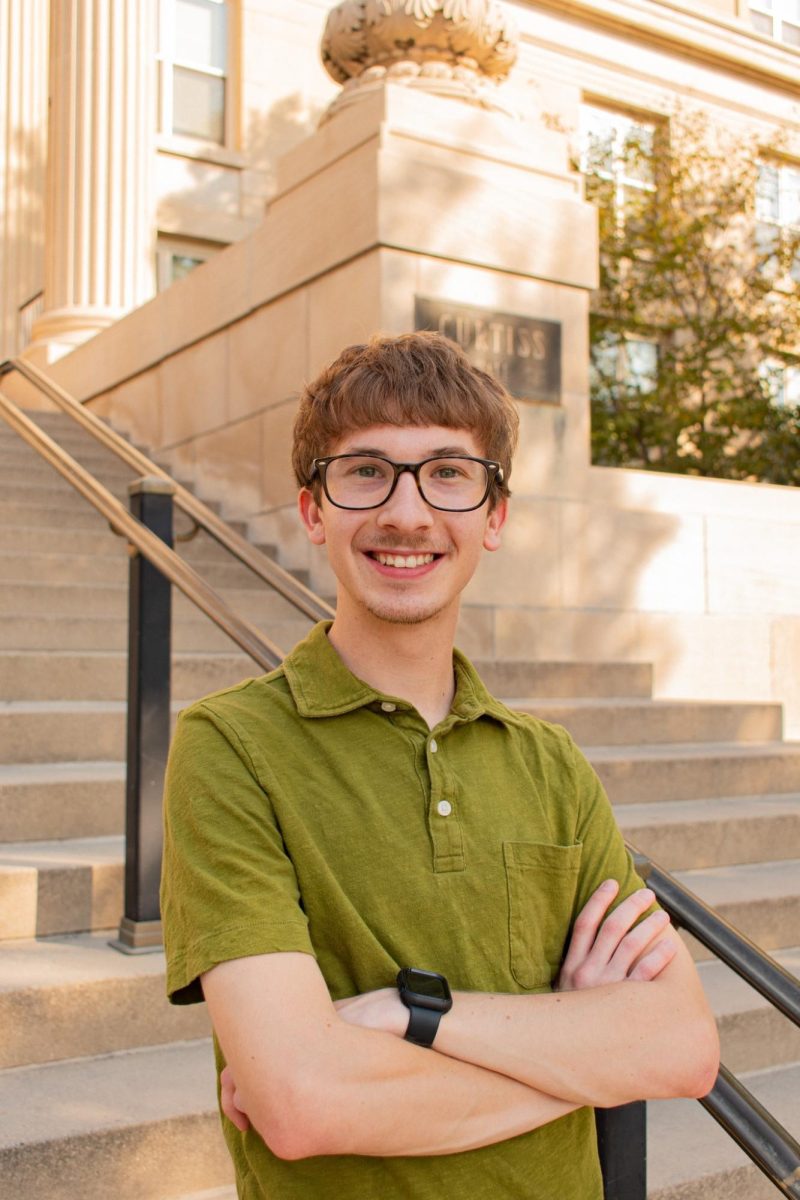A semester halfway across the globe: life in Australia

November 11, 2014
Being 9,600 miles from family and friends can be a terrifying prospect for some people. However, 12 students decided to leave their college in the Midwest to spend a semester at the University of Adelaide in South Australia, Australia.
Senior political science major Tom Sanford had no intention of studying abroad. He was preparing for law school and hadn’t really considered the possibility of spending a semester halfway around the world. But when a spot opened up for the Australia trip, Sanford decided to go for it.
“It was February this last year and someone dropped the trip and it got me thinking about it,” Sanford said. “My older brothers have both studied abroad while they were at Loras, so I thought it would be a good experience and it would be nice to kind of get away for a little bit.”
Before leaving for Australia, the students had to participate in a prep course which covered a range of topics from environmental issues to holidays Australians celebrated. The course was taught by Ryan Rehmeier, an associate professor of biology. Rehmeier studied abroad as an undergraduate and wanted to help students experience what he did.
“It sounds cliché, but it opened up the world for me and helped me decide exactly what I wanted to do with my life. So the opportunity to play a small part in that kind of situation for a group of 12 Simpson students was something I really hoped to do,” Rehmeier said in an email interview.
Once in Australia, Rehmeier taught two classes that all the Simpson students were required to take. There was a reflection course that gave students a chance to really think about their experiences. Students also had to take an environmental issues course with Rehmeier which covered environmental concerns in Australia.
In addition to the two classes through Simpson, students also took classes through the University of Adelaide. Students had the opportunity to choose two classes which appeared interesting to them. Sanford chose to take Environmental Politics and Decoding China. He felt both would be helpful when pursuing a law degree.
“Both of those classes were related to my major, and I probably would have taken something similar here,” Sanford said.
Classes at the University of Adelaide weren’t the kind of classes students were used to. The first difference is that those classes are pass/fail. The letter grade doesn’t matter as long as students were getting 50 percent in the class. While this doesn’t seem too difficult, Sanford said classes were much more difficult than back at Simpson and it was normal to fail a class.
However, part of the difficulty level may come from the class sizes students were in. Classes were significantly larger than any taught at Simpson. There weren’t personal interactions with the professors because the professors had so many students.
“The hardest part of their school is they have a factorial-style education where they have a ton of students,” Sanford said. “I would have giant lectures with 200 students and if I wanted to talk to the professor about a paper, I couldn’t because they didn’t have the time.”
While schooling took up a lot of time, students also had the opportunity to sightsee anywhere they wanted and could afford to go. As a class, they went to Kangaroo Island looking for the Remarkable Rocks and kangaroos. Kangaroo Island was also one of Rehmeier’s favorite memories.
“Probably my favorite memories have come from getting to know the students in our group better through out-of-class activities like dinner and movie nights, kayaking with dolphins on the Port River, or traveling around Kangaroo Island in search of the Remarkable Rocks and, well, kangaroos,” Rehmeier replied.
Over spring break, which is two weeks long, Sanford spent one week in Sydney by himself. He found a hostel to stay in and explored the city for a week. After the week in Sydney, he met up with friends and road-tripped from Melbourne to Adelaide on the Great Ocean Road. But out of all of his experiences, he thinks that week alone will have the biggest impact.
“The whole experience in general that week was cool for me because I got to experience so many different cultures,” Sanford said.
While a trip to Australia may be a dream, both Sanford and Rehmeier see improvements which could be made to the program in the future. Sanford thinks the program should be moved to their fall semester when it is warmer and students would be able to experience more of the warmer weather events.
Rehmeier wishes the cost of the trip would go down so more students would be able to participate. The cost of living in Australia is much higher than in the Midwest.
“Adelaide is the most affordable of all the larger cities in Australia, but costs of living are still a bit shocking, 10-30 percent higher for many items to anyone used to living in the Midwestern U.S,” Rehmeier wrote.
Both also see some very positive pieces of the program. To Rehmeier, Adelaide is the perfect city to study in when going to Australia because it’s culturally diverse, livable and safe.
Sanford thought that having a Simpson professor was one of the best things about the program. Students had someone to go to if they had any problems.
“Rehmeier was wonderful the whole time. Sending a professor with us really helped just with guidance and scheduling and everything,” Sanford said.
But the best part for Sanford was making great friends who weren’t with the Simpson program. Meeting other exchange and native students gave him great experiences through many different cultures.





